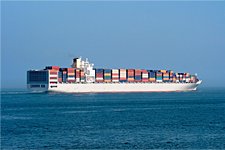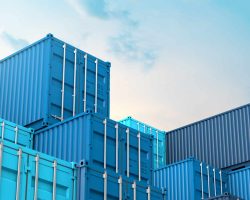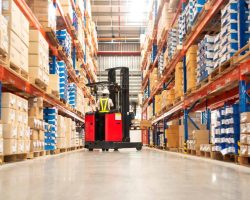 |
China-U.S. West Coast container volume and rates continue their astonishing climb – not because of too little vessel supply, but because of too much import demand. US import demand is not surging despite of Coronavirus (COVID-19), but because of it.
Companies are selling more online, and that is why they are shipping more into the U.S.. Consumers are still buying, even while unemployed, as they are getting government support and still have money. They are no longer spending on gas and commuting, but have cash and are buying other things and make more online purchases. Also, many people are leaving or have left cities, so demand for items not needed in a city has increased.
Shippers are importing more bikes, camping equipment, household items and exercise machines to the U.S. than ever before. As far as furniture, old-school furniture companies that are not selling online are not doing well. Those that are more innovative and selling online are doing much better. Stores such as IKEA are selling out. More Personal Protective Equipment (PPE) is also coming in, as we are seeing a second wave of PPE. It is estimated that roughly 5-10% of volume is PPE – not just masks but all kinds of protective equipment. Shippers are favouring voyages from Asia to the West Coast versus the East Coast due to transit time and e-commerce, as it is much faster. Even if the final destination is on the East Coast, if you are running out of inventory, you can ship it into Los Angeles, transload the cargo onto a tuck or rail and ship across the U.S..
In the second quarter, carriers “blanked” (cancelled) a large number of Asia-West coast sailings to support rates. Most void sailings have now been reinstated and estimates show that carriers have increased their Asia-West Coast third-quarter capacity by 13.1% year-on-year, marking the strongest capacity growth in a decade. Spot freight rates have surged to their highest level ever despite the restoration of blank sailings and even the introduction of new capacity.
As demand outpaces trans-Pacific capacity, supply-chain complications are multiplying. There are equipment shortages across Asia-Pacific, as there are a lot more exports out of China and these empty containers are not coming back quickly enough. So, on top of very high prices, we have equipment challenges. When the Coronavirus first struck, premium ocean products stole market share from airfreight because passenger flight cancellations removed belly capacity and caused airfreight rates to spike.
How long will the rate spike last?
August is expected to be the busiest month of the July-October peak season when retailers rush to bring in merchandise for the winter holidays. Another theory is that virus fears are bringing shipments forward. Importers want to get products into warehouses and distribution centres before states lock down again in the fall. Yet another theory is that the government handouts fuelling consumer spending will end. The speculation is the Coronavirus-induced consumer recession was not averted, it was just delayed.
For more information, contact David Lychek, Manager – Ocean & Air Services.
















